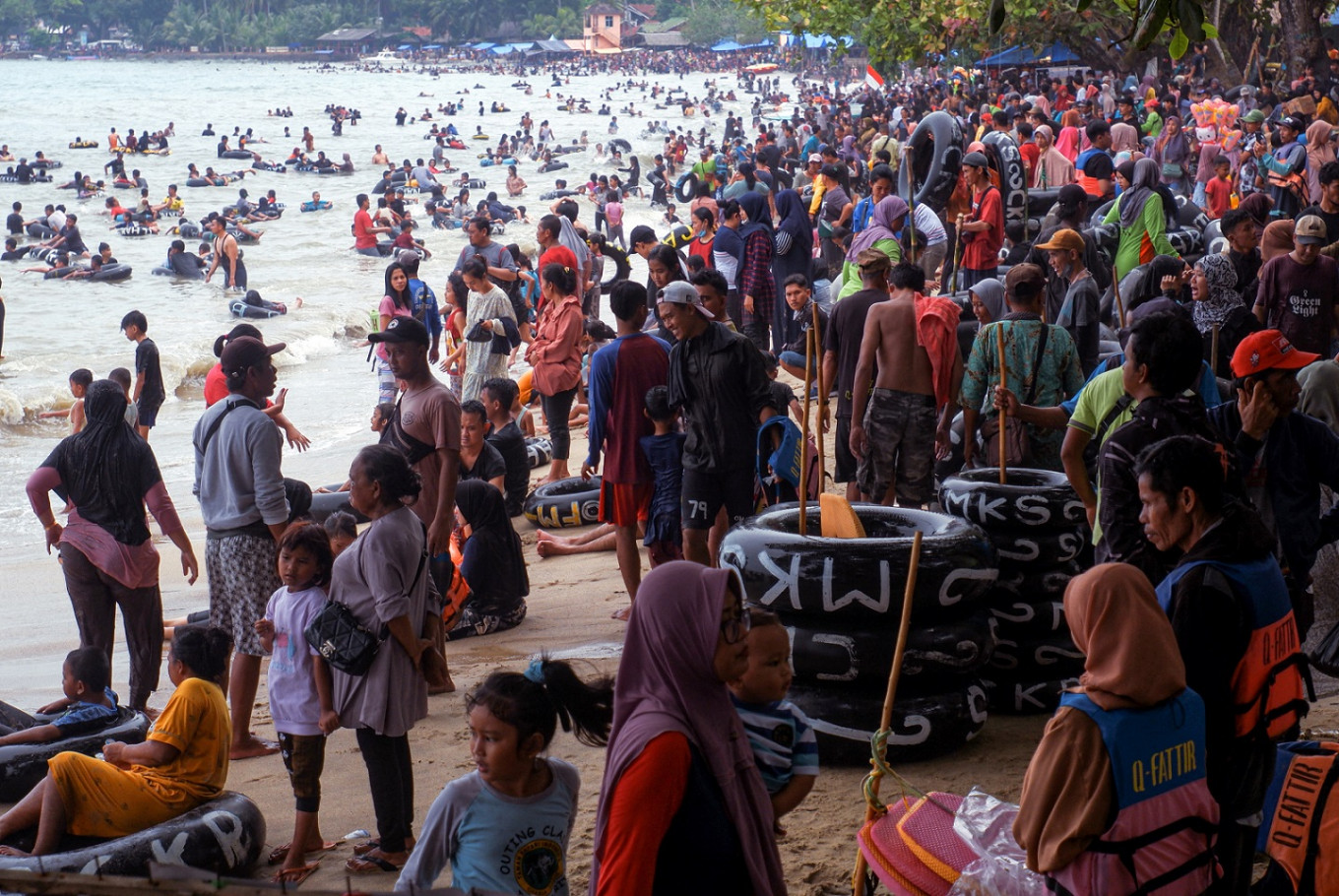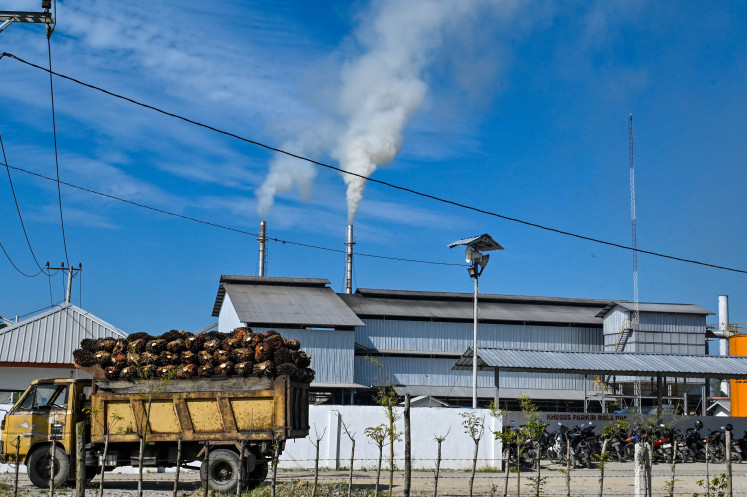Popular Reads
Top Results
Can't find what you're looking for?
View all search resultsPopular Reads
Top Results
Can't find what you're looking for?
View all search resultsIndonesia braces for another COVID-19 wave
Health authorities record uptick in new cases.
Change text size
Gift Premium Articles
to Anyone
H
ealth authorities are bracing for the possibility of another wave of COVID-19 infections following the detection of the country’s first local transmissions of the BA.4 and BA.5 subvariants of Omicron.
The two subvariants are reportedly more highly transmissible than the Omicron variant and have spread to at least a dozen countries, including South Africa, the United Kingdom and the United States.
Indonesia has seen an uptick in COVID-19 cases over the past month, with the weekly caseload doubling from 1,800 cases at the end of May to 3,600 cases two weeks ago. The number of active cases has also more than doubled over the same period, from 2,900 to 6,007 cases.
The country averaged around 1,200 new daily cases on four successive days last week from June 15 to 18, with 1,264 new cases reported on Saturday, the highest since April.
National COVID-19 spokesperson Wiku Adisasmito said several factors had contributed to the recent surge in cases, including increased public mobility, poor discipline in following the health protocols and the spread of new Omicron subvariants.
"As of now, we cannot determine the exact reason for the uptick in cases. However, over the past five weeks, we have been seeing an increase in public mobility as activities have slowly returned to normal. We have also observed that a lot of people have started to lower their guard against the virus," Wiku said at a press conference on Tuesday.
The government has relaxed COVID-19 rules to an unprecedented level following a dip in infections after the Omicron-fueled third wave in January and February.
In March, the government announced that it would allow people to participate in the Idul Fitri tradition of mudik (exodus) for the first time in two years. In response, tens of millions of Indonesians traveled their hometowns across the country to celebrate the holiday in early May.
Last month, President Joko “Jokowi” Widodo announced that people were no longer required to wear masks outdoors, and earlier this month, authorities lowered pandemic restrictions in nearly all cities and regencies to level 1, the lowest of the four-tiered public activity restriction (PPKM) system.
It is the first time since the pandemic began that almost all Indonesians have been permitted to go about their lives much as they had before the outbreak, as all public spaces, offices and businesses are now allowed to operate at full capacity.
New subvariants
Despite the increase in public mobility and relaxed restrictions, Health Minister Budi Gunadi Sadikin has largely attributed the recent spike in transmissions to the spread of the BA.4 and BA.5 subvariants.
"Every time we see a significant surge in infections in all countries across the globe, it’s usually caused by the emergence of new COVID-19 variants. The BA.4 and BA.5 subvariants have driven a spike in cases in a lot of countries, so we're pretty sure that the new subvariants were responsible for the recent increase in our country's transmissions as well," Budi said on Monday.
The minister predicted that the daily caseload during the peak of the BA. 4 and BA. 5 wave could reach around 20,000 cases a day, roughly a third of the Omicron wave’s peak of around 60,000 daily cases.
The government, Budi said, had advised organizers of large events to make booster shots mandatory for attendees, had increased testing, tracing and whole genome sequencing and had urged the public to comply with COVID-19 health rules.
As of Thursday, Indonesia had administered 369 million primary COVID-19 vaccine doses to 62 percent of its population. It is aiming to vaccinate 70 percent of the country's population by the end of the month.
Only about 23 percent of the targeted 208 million people have received booster shots.
The country announced its first confirmed cases of the BA.4 and BA.5 subvariants on June 8. Three foreigners and one Indonesian attending an international event in Bali had been found to have the illness. On Monday, the Health Ministry recorded four cases of local transmission of the BA.4 and BA.5 subvariants in Jakarta and Bali, bringing the total number of confirmed cases of the new subvariants to eight.
Budi noted that the country still fell under level 1 community transmission according World Health Organization (WHO) indicators, suggesting that the COVID-19 outbreak was still under control.
"Our community transmissions remain at one case per 100,000 people per week, lower than WHO's benchmark of 20 cases. Our positivity rate stands at 1.36 percent, also lower than the WHO's threshold of 5 percent," he said.
The BA.4 and BA.5 subvariants were first detected in South Africa earlier this year, and so far, they have been detected in 61 and 65 countries, respectively. The WHO declared both strains variants of concern on May 12.
Preliminary data suggest that the subvariants are more contagious than the original strain of the Omicron variant, and they have contributed to a surge of COVID-19 infections in several countries, including South Africa, Chile and Portugal.
Studies have found that the new subvariants can circumvent immunity from prior infection and vaccination, although there is no evidence that they cause more severe symptoms.










